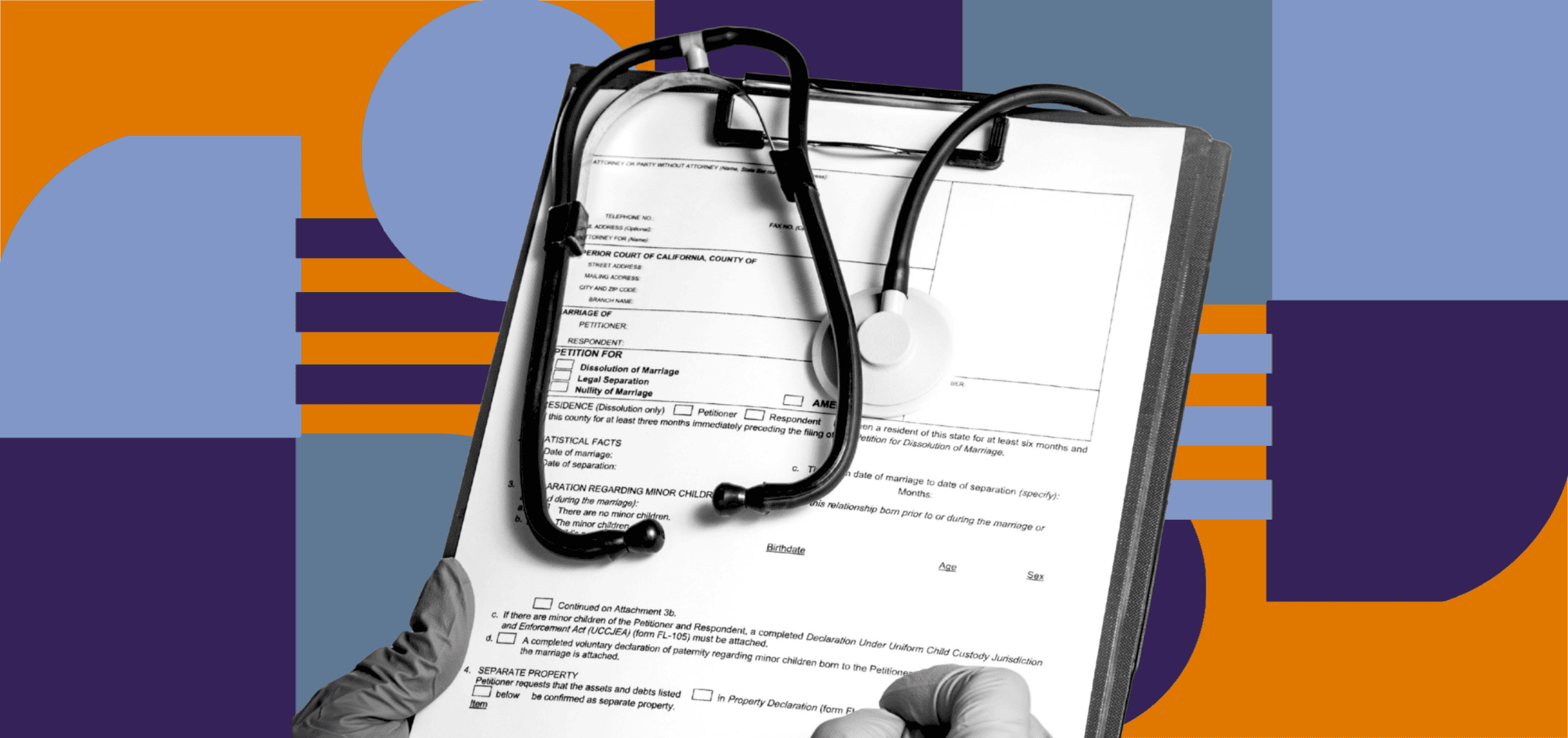Medicare’s Hospice Payment Limits: Aggregate Cap & Daily Rates Explained
April 2nd, 2025
5 min read
By Abigail Karl

Hospice agency owners can struggle to balance compassionate care with Medicare’s financial limits. Two key constraints, the aggregate cap and daily per diem rates, can confuse even seasoned providers.
According to a report from The Medicare Payment Advisory Commission (MedPAC), about 18.6% of hospices exceeded the cap in 2020. This means they had to repay Medicare and their profit margins lowered significantly (from ~23% to 8%). These numbers prove how real the impact is.
These limits protect the Medicare program from excessive costs. However, they also challenge hospice agencies to manage costs and lengths of stay carefully. Medicare updates the hospice cap amount and daily rates every year. Knowing how these limits work is crucial.
In this article, we’ll break down:
- what the aggregate cap is and how it’s calculated
- how daily per diem rates work and influence care
- the consequences if you exceed Medicare’s limits
By the end, you’ll be able to confidently plan for any changes to the cap and maintain your agency’s financial health.
What Is the Medicare Hospice Aggregate Cap?
The aggregate cap is a yearly dollar limit on the average Medicare payment per hospice patient. Essentially, Medicare will pay a hospice up to a certain amount per patient per year. Beyond that, the hospice must pay back the excess.
This cap is set federally to prevent hospices from keeping patients indefinitely just to continue billing. It’s a way to ensure hospice remains a short-term end-of-life benefit, not long-term care.
How Is the Annual Aggregate Hospice Cap Calculated?

Each federal fiscal year, Medicare defines a new cap amount. For example:
- FY 2023’s cap amount was $32,486.92 (up from $31,297.61 in FY 2022).
- For FY 2024, the cap increased by 3.1% to $33,494.01.
- For FY 2025 it rose another 2.9% to $34,465.34.
To determine your agency’s cap allowance, Medicare multiplies that cap dollar amount by the number of Medicare patients you cared for in the cap year. This gives you the maximum total Medicare reimbursement you’re allowed for that year (your “aggregate cap threshold”).
For example, if the cap is $33,494 and you served 100 Medicare patients during the year, your aggregate cap threshold would be $3,349,400. If Medicare paid you less than this, you’re in the clear. If payments exceed this, you have exceeded the cap and must refund the overage.
In practice, Medicare Administrative Contractors (MACs) help determine your cap status after each cap year. They count your patients and total payments. All Medicare-certified hospices must undergo this cap calculation annually. The hospice “cap year” aligns with the federal fiscal year (October 1 to September 30).
How Do Daily Per Diem Reimbursements Work in Hospice?
Medicare hospice payments are made on a per diem (per day) basis rather than per service. For each day a patient is under hospice care, the hospice is paid a flat rate depending on the level of care provided that day. This daily reimbursement covers all hospice services related to the terminal illness.
From Medicare’s perspective, the per diem system basically sets a daily spending limit. The hospice gets the same fixed amount per day regardless of how many visits or services the patient receives that day.
For example, whether your team makes one home visit or five in a day, the Medicare payment is still ~$218 (at the RHC rate, more on this below). This means agencies must budget care and staffing within the daily rate.
For example, if a patient requires exceptionally high resource use, the hospice eats that cost over the daily payment. On other days when needs are lighter, the hospice retains the difference.
This system is intended to incentivize hospices to manage care carefully. By doing so, over the course of a patient’s stay, the goal is to have costs covered by the total amount of per diem payments.
How are the Daily Per Diem Reimbursements Different Depending on Hospice Care Level?
There are four hospice care levels, each with its own Medicare per diem rate.
- Routine Home Care (RHC)
- Continuous Home Care (CHC)
- Inpatient Respite Care (IR)
- General Inpatient Care (GIP)
The first two care levels (RHC & CHC) are most applicable to hospice agencies that deliver care to patients' homes. Now let’s break down these care levels and their rates. (The rates below are the FY 2024 national averages before regional wage adjustments.)
1. Medicare-Certified Hospice Routine Home Care (RHC) Daily Per Diem Rate
Routine Home Care (RHC) is the typical level for in-home hospice care. Days 1–60 of a patient’s hospice episode are paid at a higher RHC rate. Then, days 61+ are paid at a slightly lower rate. This two-tier structure exists because care tends to be more intensive early on and then stabilizes.
In FY 2024, RHC paid about $218.33 per day for days 1–60, and $172.35 per day for days 61 and beyond.
Because of this, hospice agencies often front-load visits in the first week or two (when the higher “early RHC” rate applies) and in the final days of life. In between, visits may decrease as the patient stabilizes. This is what Medicare intends to happen by setting the RHC rates.
2. Medicare-Certified Hospice Continuous Home Care (CHC) Daily Per Diem Rate
Continuous Home Care (CHC) applies to in-home crisis care. This is when a patient needs continuous nursing care to manage specific symptoms. CHC typically applies to a hospice patient’s final days of care. Hospices use CHC only during brief periods of crisis to keep a patient at home rather than hospitalized. CHC is paid at an hourly rate.
In FY 2024, the full 24-hour CHC rate is $1,565.46 per day (about $65.23 per hour).
How Does Service Intensity Add-On (SIA) Affect My Hospice Agency’s Per Diem Reimbursements?

You can think of Service Intensity Add-On (SIA) as a sort of bonus. To support patients at the very end of life, Medicare offers an add-on payment in the last 7 days of a RHC hospice patient’s life.
The SIA is an extra payment for up to 4 hours per day of direct care by a Registered Nurse or social worker in those final days. It is paid at the CHC hourly rate (about $65/hour in 2024).
Importantly, SIA is in addition to the regular RHC per diem. This add-on helps agencies provide intensive support as death nears without worrying about the daily rate cap.
Why Understanding Hospice Medicare Payment Caps is Essential for Your Agency’s Success
Medicare’s hospice payment limits can be tricky to manage. You now understand how the aggregate cap and daily rates work. These limits are designed to control costs and protect the hospice program. But for your agency, they create real financial and operational pressure.
By understanding these rules, you’re better equipped to plan ahead.
You can adjust care delivery, track reimbursements, and avoid costly overages. With the right strategies, compliance and financial health can go hand in hand.
But compliance isn’t just about protecting your payments. Medicare also expects you to meet strict care and documentation standards. That’s where hospice surveys come in, and being ready for survey is just as important as managing your cap.
To help with that, we’ve created a detailed guide. Explore our article on the CoPs surveyors focus on during your hospice survey below.
By reading, you’re taking the next step in staying confident, compliant, and ready.
*This article was written in consultation with Mariam Treystman.
*Disclaimer: The content provided in this article is not intended to be, nor should it be construed as, legal, financial, or professional advice. No consultant-client relationship is established by engaging with this content. You should seek the advice of a qualified attorney, financial advisor, or other professional regarding any legal or business matters. The consultant assumes no liability for any actions taken based on the information provided.
Source(s):
Medicare Payment Advisory Commission (MedPAC). (2023). Chapter 10: Hospice services in Report to the Congress: Medicare Payment Policy.
Topics:


























